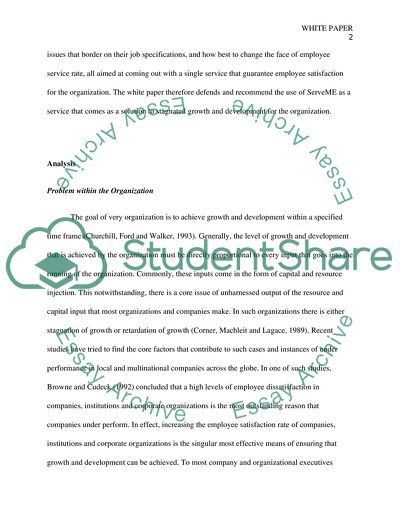Cite this document
(ServeME Service for Measuring the Degree of Satisfaction among Assignment, n.d.)
ServeME Service for Measuring the Degree of Satisfaction among Assignment. Retrieved from https://studentshare.org/human-resources/1803855-white-paper
ServeME Service for Measuring the Degree of Satisfaction among Assignment. Retrieved from https://studentshare.org/human-resources/1803855-white-paper
(ServeME Service for Measuring the Degree of Satisfaction Among Assignment)
ServeME Service for Measuring the Degree of Satisfaction Among Assignment. https://studentshare.org/human-resources/1803855-white-paper.
ServeME Service for Measuring the Degree of Satisfaction Among Assignment. https://studentshare.org/human-resources/1803855-white-paper.
“ServeME Service for Measuring the Degree of Satisfaction Among Assignment”, n.d. https://studentshare.org/human-resources/1803855-white-paper.


